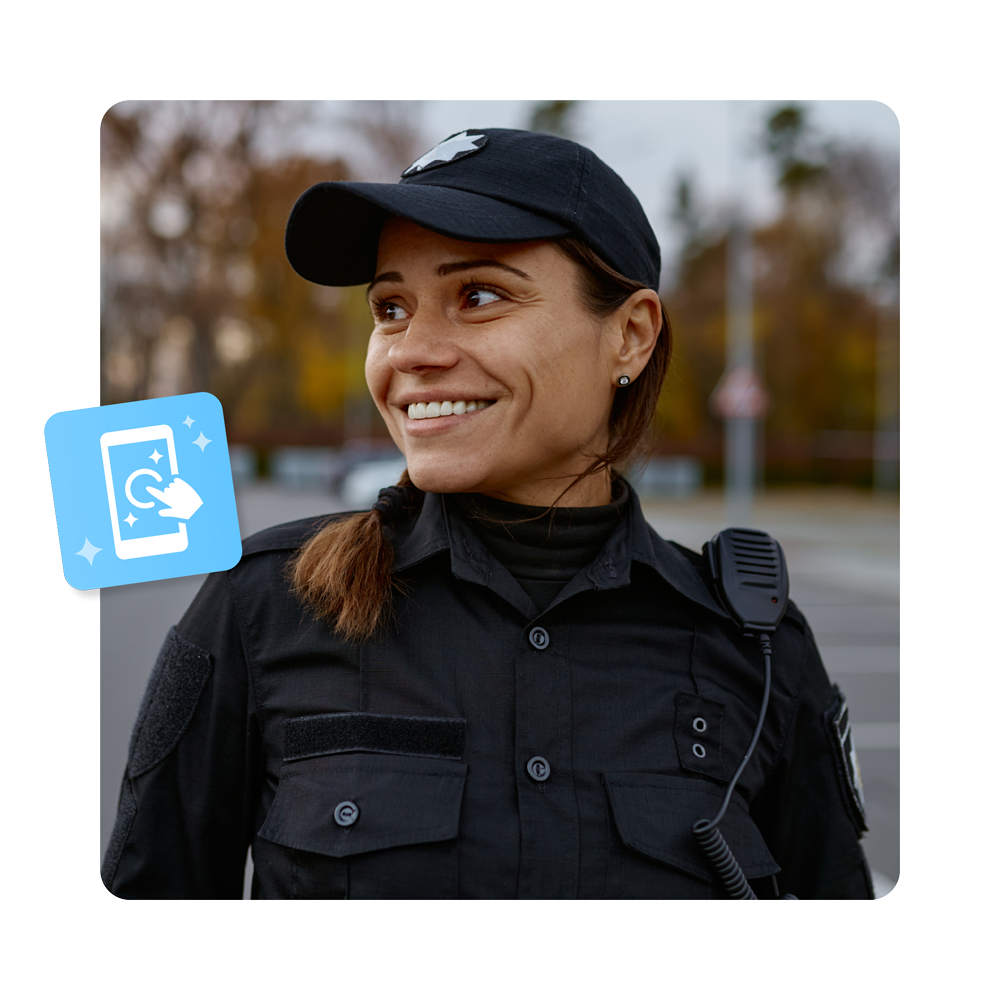When schools shift to online instruction, outcomes depend on preparation and planning. Institutions that adopt strong e-learning transition strategies achieve better continuity and stability. Early pivots revealed gaps in technology, communication, and instructional practices, highlighting the urgent need for more sustainable models.
The Challenges of Sudden Pivots to Remote Learning
Schools relying only on emergency measures often faced disorganization, with unclear roles and fragmented communication. Students and families struggled to adapt. Transition planning must go beyond temporary solutions to prepare for long-term flexibility.
Building Clarity with Planning and Roles
Administrators, teachers, and support staff need aligned responsibilities and expectations. Families must also understand their support role. Clear frameworks reduce confusion and provide the stability required for student success.
Technology Readiness as the Foundation of Success
Strong technology infrastructure underpins all e-learning transition strategies. Without reliable tools, instruction and communication falter. Schools must prioritize device readiness, connectivity, and platform stability.
Device and Connectivity Access
Districts should ensure students have devices and internet access. Programs like Pikmykid’s school technology insights show how planning addresses device gaps and connectivity challenges. Hotspot lending or offline resources reduce inequity.
Testing Platforms and Backup Systems
Learning management systems (LMS) and video tools should be tested under stress conditions. Backup systems, such as offline modules, provide resilience during outages. Schools that test early reduce disruption during real transitions.
Adapting Pedagogy for Remote Environments
Online instruction cannot replicate the classroom exactly. Educators must evolve pedagogy to fit remote contexts while ensuring engagement and learning outcomes.
Moving Beyond “Classroom Online”
Simply transferring lectures to video calls limits effectiveness. Lessons should be broken into shorter live sessions with interactive elements. Multimedia and project-based learning add depth.
Engagement Strategies for Digital Instruction
Breakout discussions, gamification, and collaborative platforms help sustain participation. Tools like Nearpod’s interactive learning show how engagement grows through digital interactivity.
Communication as a Core Transition Strategy
Strong communication supports every stakeholder during e-learning shifts. Consistency across platforms prevents confusion and builds trust.
Consistency Across Channels
Schools should establish reliable channels such as portals, emails, or SMS. Updates must be frequent and centralized. Clear communication reduces frustration and disengagement.
Supporting Parents and Families
Parents require guidance on schedules, resources, and expectations. Including them in communication loops ensures home learning environments align with school priorities.
Supporting Student Well-Being in E-Learning Models
Academic success depends on student well-being. Isolation, stress, and disengagement threaten learning when schools overlook emotional needs.
Social Connection and Engagement
Virtual homerooms, discussion boards, or peer projects sustain social ties. Social interaction counters isolation and maintains student motivation.
Flexibility for Diverse Needs
Students may need flexible deadlines or personalized learning pathways. Building empathy into e-learning transition strategies ensures inclusivity.
Teacher Training and Professional Development
Teachers require new skills for digital instruction. Professional development should focus on instructional design, remote classroom management, and technology mastery. Ongoing coaching, peer support, and training resources build confidence and competence. Schools that invest in professional growth strengthen both instruction and morale.
Rethinking Assessment During Virtual Learning
Assessment practices must evolve in online contexts. Traditional timed tests are not always effective or equitable. Formative approaches like projects, portfolios, or peer reviews provide flexibility. Open-book assessments and transparent rubrics support fairness. These approaches align with remote models while maintaining rigor.
Ensuring Equity and Access for All Learners
Equity remains central to e-learning transition strategies. Not all students have reliable access to internet or devices. Schools must plan proactively.
Device lending programs, offline content packets, and hotspot distributions help reduce disparities. World Bank’s edtech resources highlight how global strategies address equity challenges. Ensuring access ensures no learner is left behind.
Blending Synchronous and Asynchronous Learning Models
Balanced models combine live instruction with flexible independent work. Synchronous sessions foster connection, while asynchronous tasks respect varied home environments and bandwidth levels. A thoughtful blend maximizes engagement, reduces stress, and allows students to learn at their own pace.
Collecting Feedback and Iterating on Strategies
Strong transitions require ongoing refinement. Schools should gather feedback from students, parents, and staff regularly. Surveys, focus groups, or virtual town halls identify strengths and challenges. Iteration builds resilience and adaptability into transition strategies.
Examples and Case Studies of Successful Transitions
Districts worldwide created hubs and resources to support digital learning. For example, see Pikmykid’s distance learning resources for tools designed to support teachers and families. Similarly, EdTech Magazine’s remote learning insights showcase scalable strategies. These examples prove that thoughtful preparation leads to better outcomes.
Building Sustainable Long-Term E-Learning Strategies
E-learning is no longer just an emergency measure. Schools should treat it as an evolving, permanent element of education. Policies for attendance, assessments, and hybrid models need long-term attention. Sustainable strategies transform emergency pivots into future-ready practices.
From Survival Mode to Strength
Schools that invest in e-learning transition strategies ensure smoother pivots, stronger equity, and more resilient outcomes. With planning, pedagogy, communication, equity focus, and continuous feedback, virtual learning becomes a strength instead of a weakness. Institutions must modernize to prepare for evolving needs. By doing so, they create stability, equity, and opportunity for every learner.



